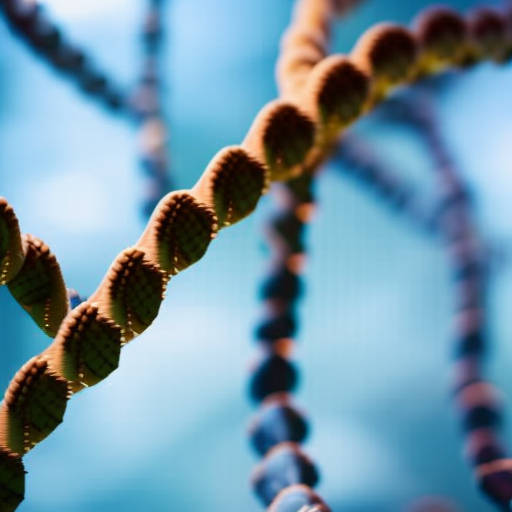Bioinformatics:
Bioinformatics is an interdisciplinary field that combines biology, computer science, and statistics to analyze and interpret biological data. It involves the development and application of computational tools and techniques to understand biological processes, analyze large datasets, and make predictions.
Overview:
Bioinformatics plays a crucial role in modern biological research by providing tools and methods to handle the vast amount of data generated by various biological experiments. It involves the use of algorithms, databases, and statistical models to analyze DNA, RNA, and protein sequences, as well as other types of biological data.
Applications:
Bioinformatics has a wide range of applications in various areas of biology and medicine. It is used in genomics to study the structure, function, and evolution of genomes. By comparing DNA sequences from different organisms, researchers can identify genes, predict their functions, and understand how they are regulated.
In proteomics, bioinformatics tools are used to analyze and interpret protein sequences and structures. This helps in understanding protein functions, predicting their interactions, and designing drugs that target specific proteins.
Bioinformatics also plays a significant role in drug discovery and development. By analyzing large datasets of chemical compounds and their interactions with biological targets, researchers can identify potential drug candidates and predict their efficacy and safety.
Another important application of bioinformatics is in the field of personalized medicine. By analyzing an individual’s genetic information, researchers can predict their susceptibility to certain diseases, determine the most effective treatments, and develop personalized therapies.
Methods and Tools:
Bioinformatics relies on various computational methods and tools to analyze biological data. Sequence alignment is a fundamental technique used to compare DNA, RNA, and protein sequences. It helps in identifying similarities, detecting functional motifs, and inferring evolutionary relationships.
Another important tool in bioinformatics is the database. Databases store vast amounts of biological data, such as DNA sequences, protein structures, and gene expression profiles. These databases are essential for data retrieval, analysis, and integration.
Statistical methods are also widely used in bioinformatics to analyze and interpret biological data. These methods help in identifying patterns, making predictions, and testing hypotheses. Machine learning algorithms are often employed to build predictive models and classify biological data.
Challenges and Future Directions:
Bioinformatics faces several challenges, including the analysis of large-scale datasets, the integration of diverse data types, and the development of accurate predictive models. The field continues to evolve as new technologies, such as next-generation sequencing and high-throughput proteomics, generate vast amounts of data.
In the future, bioinformatics is expected to play an even more significant role in biological research and medicine. With the advancement of technologies like single-cell sequencing and metagenomics, bioinformatics will help unravel complex biological systems and understand the role of microorganisms in health and disease.
Furthermore, the integration of bioinformatics with other fields, such as artificial intelligence and systems biology, will enable researchers to gain deeper insights into biological processes and develop more effective therapies.
In conclusion, bioinformatics is a rapidly growing field that combines biology, computer science, and statistics to analyze and interpret biological data. It has numerous applications in genomics, proteomics, drug discovery, and personalized medicine. Bioinformatics relies on computational methods, databases, and statistical models to analyze biological data. Despite its challenges, bioinformatics is expected to continue advancing and playing a crucial role in biological research and medicine.












